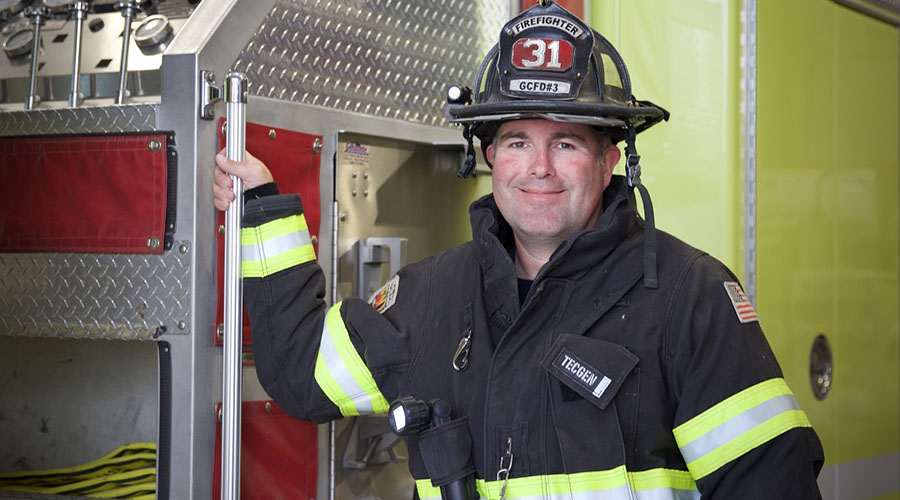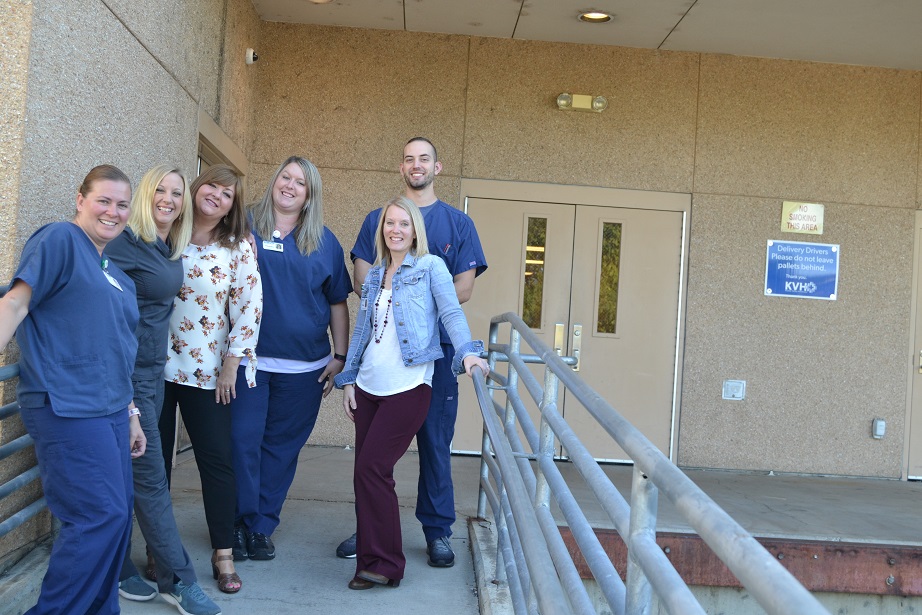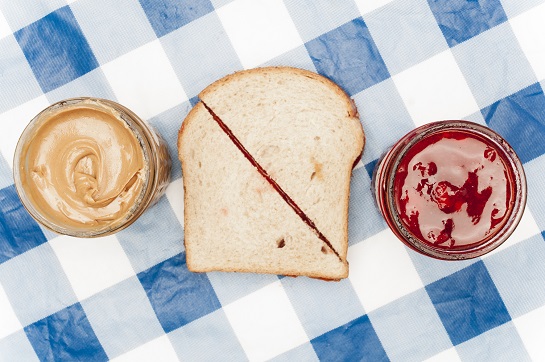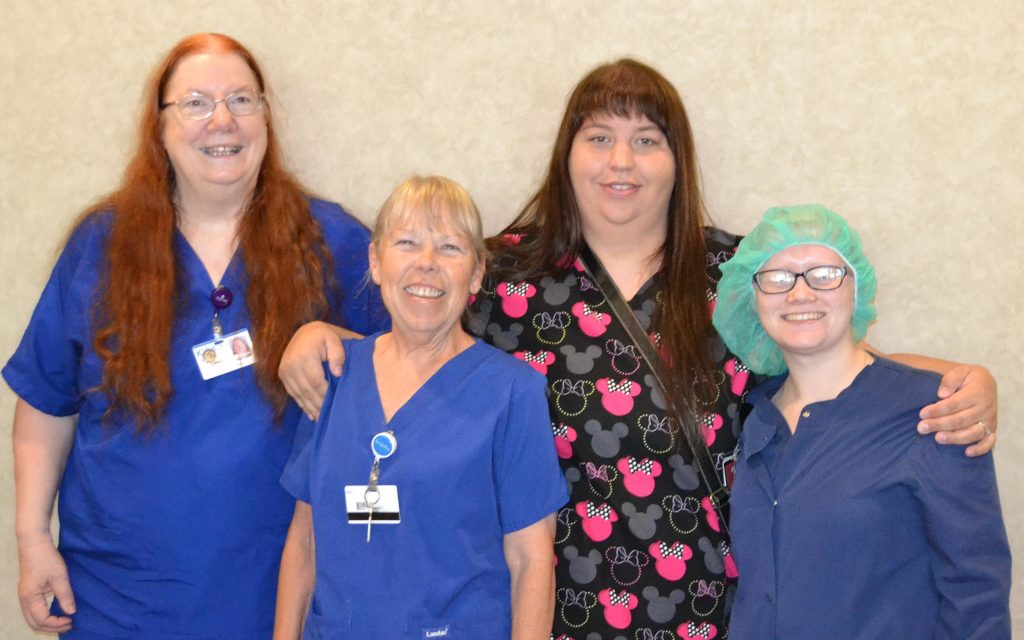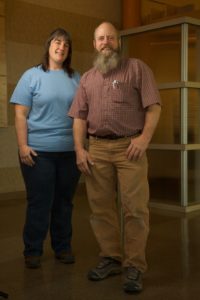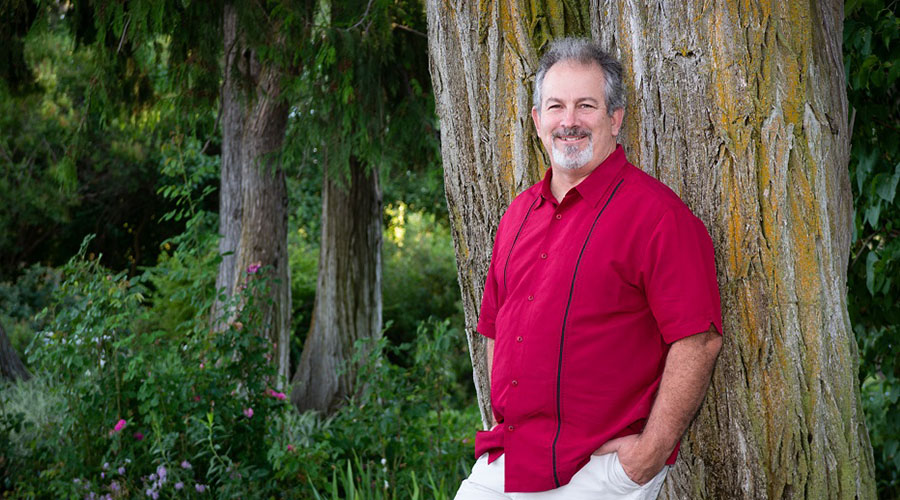
It started with a nagging cough.
David Martin hadn’t felt well for several days. “You don’t go running to the doctor for the first little sniffle,” admits his wife, Jennifer. Still, she suggested he get checked out, just in case.
David went to Reno, instead.
An associate professor in Construction Management at CWU, David was part of a group traveling to Nevada for an annual student competition. The next Monday, David was back in the classroom. He felt run down, and so did several of his colleagues, who had contracted the flu. Unlike his colleagues, David hadn’t gotten a flu shot that year.
“Honestly? I just didn’t get around to it,” he says.
David called in sick on Tuesday. By Wednesday, Jennifer was worried. “He wasn’t pulling out of it quickly enough,” she recalls. After three restless nights, David went to the doctor. “I was just so tired,” he says. “I needed to sleep.”
David was given two flu tests. Both came up negative. He was diagnosed with walking pneumonia and sent home with antibiotics. Saturday, he returned to the clinic, still unwell.
“He was really not looking good,” says Jennifer, “kind of grayish in color.” Dr. Arar measured his oxygen level at 87. “You’re going to the hospital,” she said, and sent him straight to the emergency room.
“But first, we went through the drive through at Taco Bell,” laughs Jennifer. “Neither of us had had anything to eat, and he wanted some sweet tea.”
In the ER, David was put on oxygen. “They couldn’t get his levels to budge.” Jennifer, who works at KVH as a respiratory therapist (RT), called in her boss, Jim Allen, “because you don’t work on your own family.” When David was put on BiPAP, a noninvasive ventilator, Jennifer wasn’t overly concerned. “I thought, okay, he just needs to get some rest.” It had been a long week, and she went home to rest, herself.
Sunday morning, David was in the critical care unit. Jim had spent the night there. Dr. Survana, the hospitalist on duty, told Jennifer David was too sick to stay – he needed to be transferred to Yakima, and Jim would go with him. At Memorial, David was intubated, placed on a vent, and put into a medicated coma.
That night, tied to the phone, Jennifer checked in repeatedly with the RT in Yakima, who assured Jennifer that David was okay. “I went to bed feeling like he’d be on the vent four or five days down there, and we’d be all right.”
Monday was President’s Day. Jennifer was getting ready to head to Yakima, when pulmonary internist Dr. Ramachandran called to tell her David would have to be transferred, again: he needed to be put on extracorporeal membrane oxygenation (ECMO) to give him his best chance to live.
“I was like, ‘What?!'” says Jennifer.
The doctor explained there was an 80% chance that her husband wouldn’t survive if he stayed on a conventional ventilator. He would be transferred to Portland for care.
“I was freaking out,” she recalls. A friend drove Jennifer and her two sons down to Portland. They arrived not long after David, who was taken by fixed wing to Legacy Emmanuel. “I was able to go in and see him,” says Jennifer.
Normally, ECMO is used in open heart cases, bypassing the entire circulatory system. David’s ECMO removed blood from the inferior vena cava (at the thigh), oxygenating it and passing it back through the superior vena cava, which carries blood from the head and upper body, to the lungs. It’s a drastic procedure, but effective. In addition to the ECMO, David was on an oscillating ventilator.
By the time Jennifer arrived, David’s oxygen levels were improved. Doctors then performed additional tests to determine what was going on. If there was a MRSA infection present, things could be dire.
The seriousness of the situation was hitting home with Jennifer. “I was begging God for ten more years, for my kids to grow up with a father.”
Fortunately, David’s tests were negative for MRSA, but positive for influenza. David had swine flu, the H1N1 virus. “The attending physician said one flu shot would have stopped this,” recalls Jennifer. “He might have still gotten sick, but not this badly.”
“They gave him an 85% chance of survival,” she says. David remained on ECMO for nine days. Then, weaned onto a tracheostomy tube, he was put on a regular ventilator.
When David awoke, he was delirious. “I thought it was just the next day,” says David, but he’d been there three weeks. He figured he was in Seattle. He knew he was sick: he’d been having dreams about it. Vivid dreams, largely brought on by the drugs keeping him comatose while his body regained strength.
Jennifer gave it to him straight. “I told him he’d been there a month. I said, ‘You need to know, you almost died.'”
David was moved to ‘track U,’ a step-down unit where, among other things, he was able to use a speaking valve on his tracheostomy tube to finally, clearly communicate. Within days, he seemed well enough to begin inpatient physical therapy. “My legs were like spaghetti,” says David, but his Christian faith gave him encouragement and direction. “God gave me a small role to play: do what the doctors tell you, work hard, get better and get back home as soon as possible.”
Four days later, David insisted he was ready to go home. Jennifer was hesitant. “He’s about 100 pounds heavier than me,” she says. “What if he fell after we got home?”
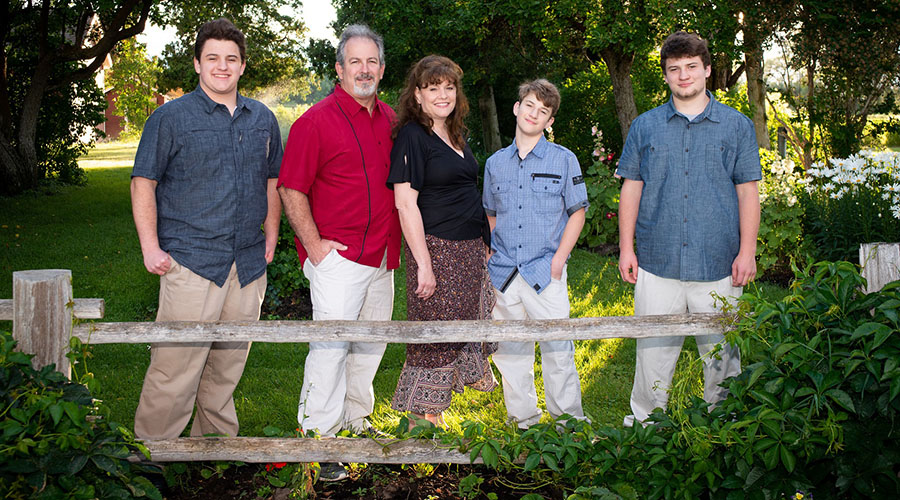
But David was ready. “I was telling the staff, ‘I couldn’t walk on Monday. It’s Thursday, and I’ve walked around the entire hospital on my own.'” He calls his rapid recovery “miraculous” and “not supposed to happen.”
Back home, family, friends, colleagues, and even strangers were thinking about David and his struggle to live. “While I was in the hospital, I can’t say that I actually knew when somebody was praying for me, but boy, did I ever feel the effects,” he says. “For every day I was there, I experienced about three days’ worth of recovery. I recovered three times faster than anyone said I would.”
Some five weeks after arriving in Portland, it was finally time to head home, where David took it easy – doctor’s orders. After three months of rest, “I was climbing a ladder, painting the house,” he admits, thanks in part to time spent in physical therapy. By fall, he was back in the classroom.
Now that they’re on the other side of David’s health scare, the Martins want to emphasize their gratitude to those who supported their family while David was in the hospital. “People from work, the community, friends, friends of friends, people I didn’t know, people from all walks of life – everyone was reaching out to help us,” says Jennifer. “The outpouring of support was incredible.”
Among their supporters, fellow RT Heather Zech was a standout. “She took it on herself to organize meals for us. With all that was going on, it was such a relief to know there’d be something I could just take from the freezer and put in the oven – and Heather made that happen.”
There’s another message the Martins want to make loud and clear – flu shots can save lives.
“What are you getting from now on?” Jennifer prompts her husband.
He grins, “A flu shot.”
Martin Family photo: David and Jennifer with sons Zach, Wesley, and Josh. Zach was away at college when his father’s illness occurred.


